Lighting the way: the versatile applications of calcium carbide
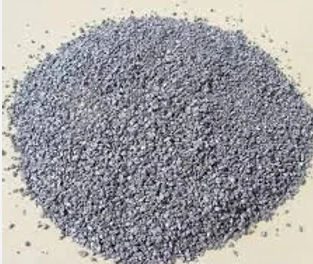
Calcium carbide is a solid grayish substance that reacts exothermically (a process accompanied by the evolution of heat) with water to give slaked lime (calcium hydroxide) and acetylene. They are compounds that are formed from the union between carbon and an element E (generally more electropositive than carbon).
Industrial Calcium Carbide is a solid, hard, compact product, with a color that varies according to its purity, from gray-brown to almost bluish-black. Fragmented, it offers an amorphous (without any structure) and crystalline appearance. Chemically, it is made up of one calcium atom and two carbon atoms (CaC2) and is normally classified into standardized granulometric bands, according to the intended use. The main raw materials are electricity, limestone and carbon sources such as petroleum coke and charcoal.
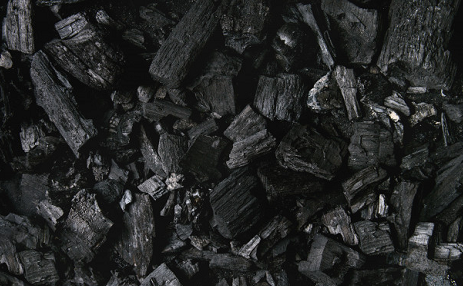
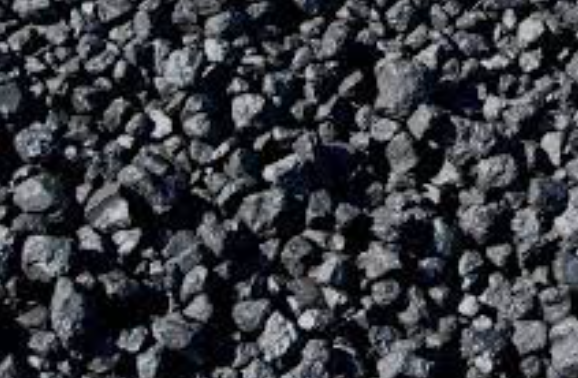
As a pure substance, calcium carbide is a colorless solid that exists in two varieties that are accessible by heating to 440°C or higher (cubic modification). Commercially available technical calcium carbide is usually only 82% pure. In addition there are traces of calcium phosphide, calcium sulfide, ferrosilicon, magnesium nitride and silicon carbide present in the solid, the brown color sometimes observed being due to small amounts of iron oxide.
One of the most important applications is in the production of calcium hydroxide and acetylene. It is also widely used for the production of polyvinyl chloride such as acetylene, in this process the derivative of calcium carbide is used as a raw material in the industrial manufacture of PVC. It is also used to industrially manufacture calcium cyanamide; It is used in a process known as desulfurization, where what is done is to remove sulfur from iron, it can be said that it is its most important metallurgical application.
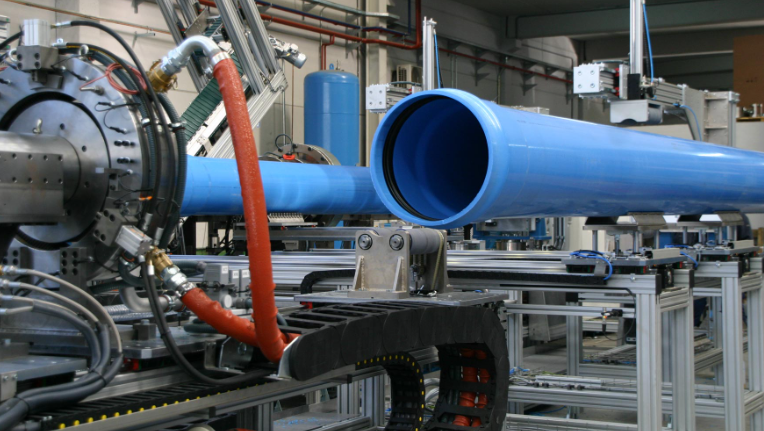
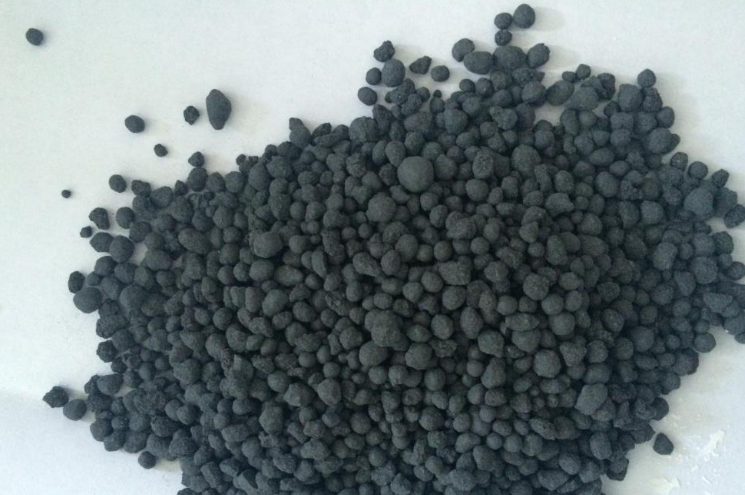
An ancient use was to be used as calcium carbide lamps, the same principle was applied in car headlights and calcium carbide based lamps exist today for cave exploration. It is a deoxidizing chemical, that is to say that in steel manufacturing processes it helps to eliminate oxygen from the environment. Calcium carbide has served as a raw material in the development of synthetic rubber. It is used as a raw material and as an additive or secondary chemical substance in the manufacture of vinyl chloride, acetylene black, acrylonitrile, acetic acid, acetone, ethylene, styrene, and synthetic resins, and it is also used in agriculture to enhance the cotton crop.
Let’s observe the following practice!
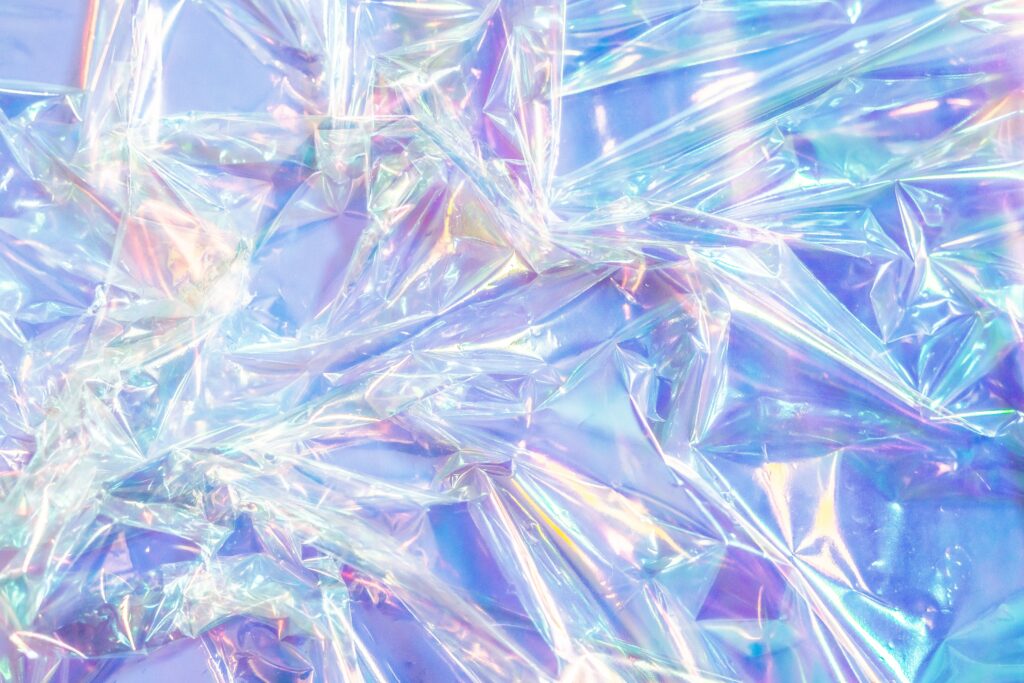
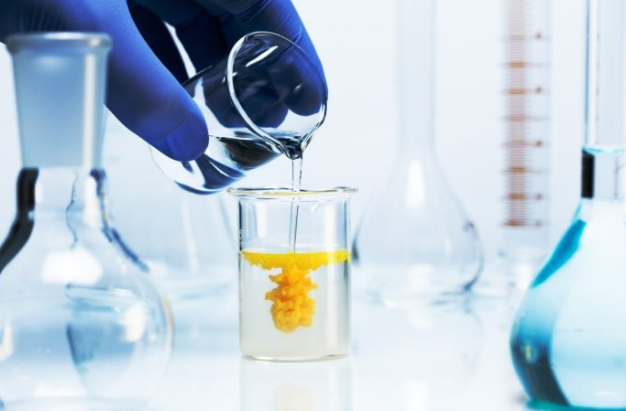
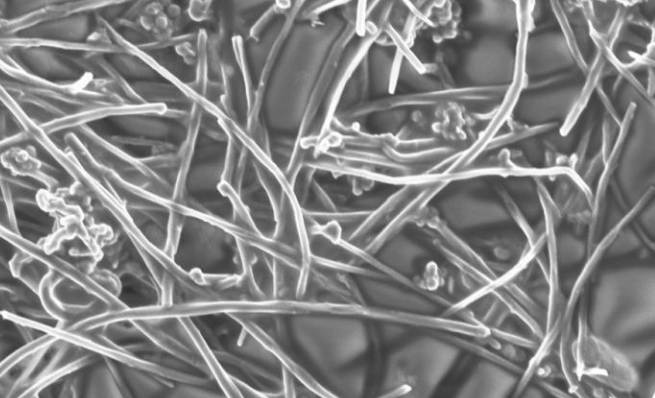
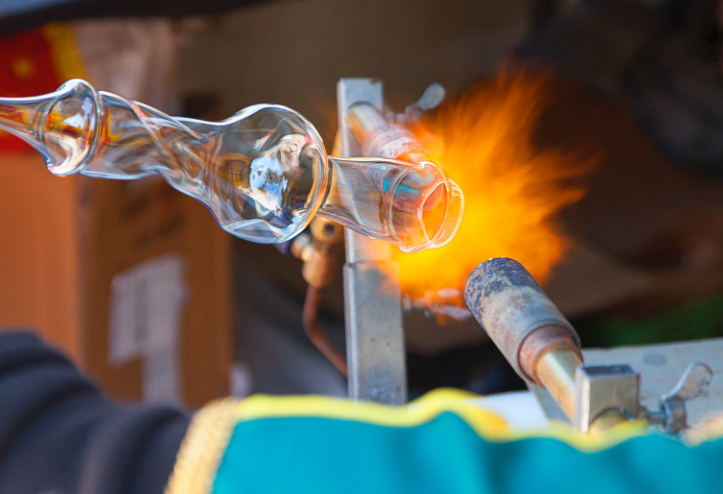

Responses